What is CBG in Weed, and What Does It Do?

One of the main cannabinoids present in the majority of Cannabis species is CBG, as we can see from numerous research. This lesser-known cannabinoid has several potential advantages and is beginning to attract interest from CBD consumers. Compared to other cannabinoids, CBG is present in cannabis plants in tiny amounts. Only 1% of CBG may be found in most strains of marijuana plants, comparable to 20-25% of CBD or 25-30% of THC.
Сannabigerol was initially created in 1964 together with THC, and its therapeutic potential has been thoroughly investigated. Young cannabis plants are mostly used to make CBG because they have higher concentrations of the compound than mature plants do.
Most Popular Forms of Cannabigerol
CBG can be taken orally, topically, or sublingually (under the tongue.) Start with a modest dosage and gradually increase as necessary. You can consume CBG in the following forms:
- Classic smoking. Breeders have started interbreeding plants to produce plants with larger levels of CBG because the cannabinoid isn't present in large amounts in most strains. White CBG, a strain produced by farms like Oregon CBD and containing about 10% CBG and less than 0.3% THC, has received several accolades.
- CBG-Oil. All the cannabinoids that occur naturally in hemp plants are present in CBG oil. CBD, THC, and more than 100 additional cannabinoids are included in this form of cannabigerol.
- CBG-gummies. These candies are often produced using full-spectrum CBD oil, which means that in addition to CBG, they also include other cannabinoids and terpenes.
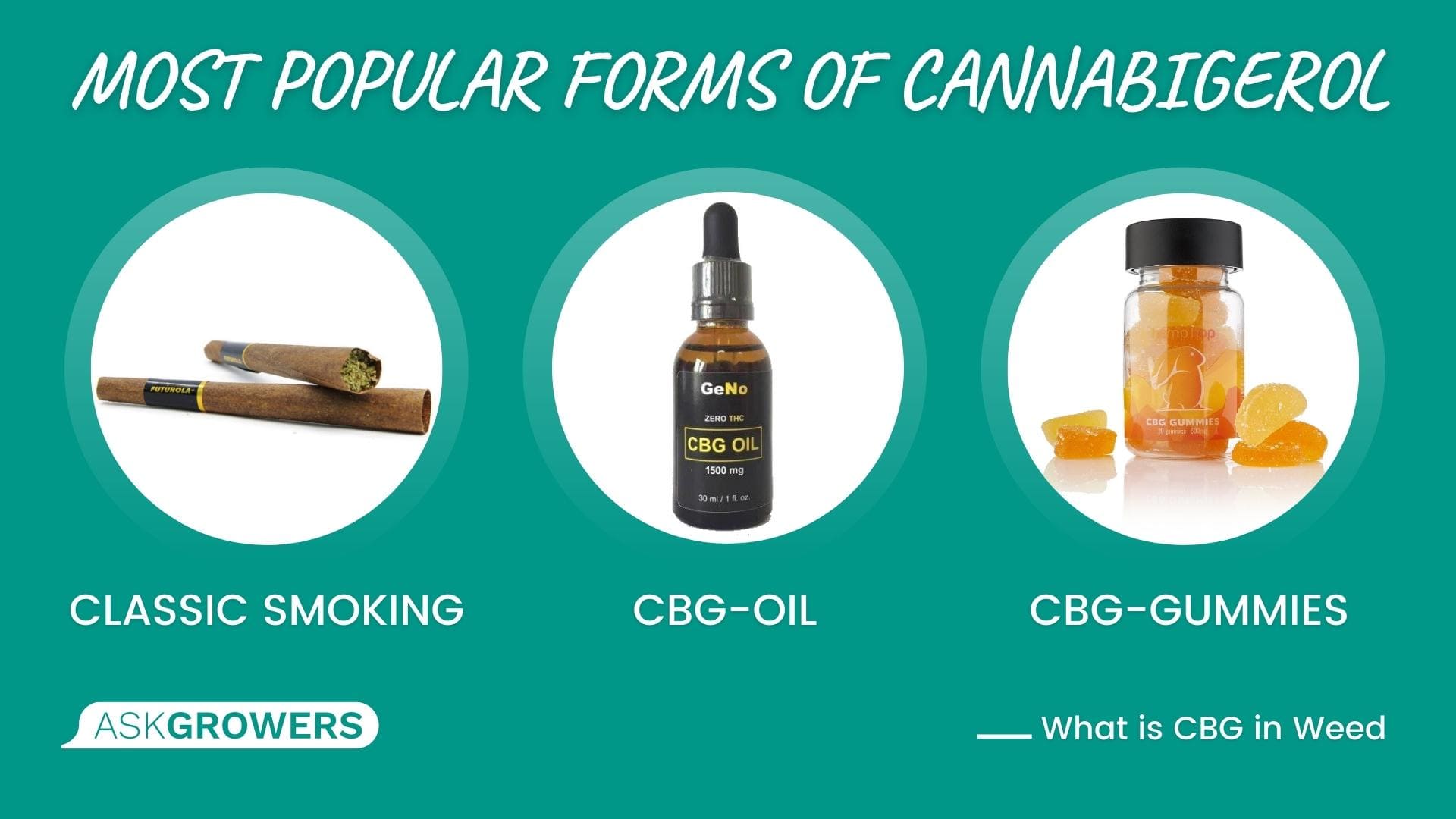
Choose the one that is convenient for you. Or experiment each time with a new way to differentiate the effects.
Read Also: What Are Synthetic Cannabinoids and Synthetic Marijuana
What Does CBG Do in Human Body & Mind
Scientists keep researching CBG's effects on the human organism. The brain contains the endocannabinoid system, a network of receptors and enzymes found throughout the body. The brain's CB-receptors are bound by CBG, which controls how much neurotransmitter is released. This enhances relaxation, lowers anxiety, and elevates mood.
Although users have reported invigoration, the main physical effect of consumption is to relieve tension from the body and return to a natural healthy tone. You don't lose focus, but also you feel more relaxed, and all your muscles rest. CBG normally lasts 24-48 hours in the body. It can linger in your system for up to a week, though, if you take a bigger dose or take it frequently.
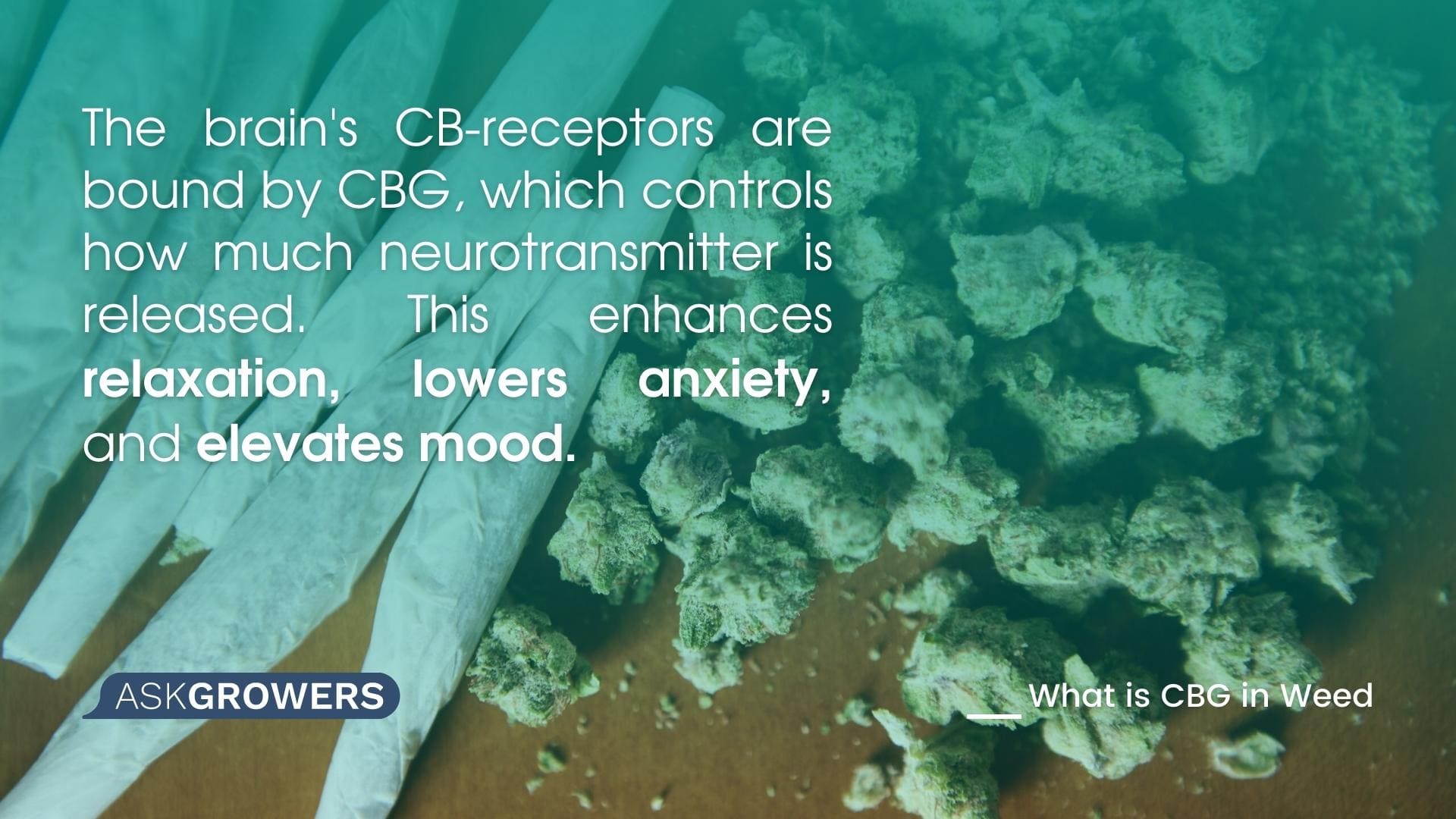
Read Also: Everything You Need to Know About CBN
What is CBG Good For?
According to studies, the main CBG benefits are antimicrobial action, as well as healing properties for treating inflammatory bowel disease, multiple sclerosis, and neurologic illnesses, including Huntington's and Parkinson's diseases.
Weed lovers frequently choose CBG for therapeutic effects like:
- Inflammation reduction – Consumption of this cannabinoid slows down or stops all inflammatory processes in the body;
- Alleviating pain – This cannabinoid will work for you if you often suffer from body pain as it relieves it;
- Helping to sleep – Choose CBG if you suffer from insomnia or night smoking, as oil will help you fall asleep;
- Freeing of anxiety – Relaxation in the body is combined with peace in the mind because this cannabinoid reduces the level of anxiety;
- Enhancing appetite – CBG will also help you start eating if you suffer from a loss of appetite;
- Supporting focus – The formation of new brain cells, or neurogenesis, has even been found to be supported by CBG, which may increase one's ability to focus and pay attention.
These are the most common effects of consumption, but depending on the dose and regularity, you may experience other positive effects.
Read Also: THC Isn’t As Important
CBG vs. CBD
Let's take a closer look at the basic facts about the difference between CBD and CBG:
- The amount of research that is now accessible is the primary distinction between CBD and CBG. CBG has received more nominal research than CBD. But now the situation is changing;
- The primary distinction between CBG and CBD is that the former is a minor cannabinoid while the latter is a big one;
- In comparison to CBD, CBG makes up a lower proportion of the compounds in cannabis plants;
- This does not imply that CBG is less efficient than CBD, though. In fact, studies have shown that CBG is exactly as efficient as CBD at reducing pain and inflammation;
- Both the cannabinoids CBD and CBG are non-intoxicating, so they won't get you high. Additionally, they both connect with the same bodily receptors.
Combining CBG with CBD has been proven to be successful. Patients struggling with inflammation, pain, or insomnia might find this combination useful. Users who have consumed CBG and CBD products agree that combining the two is much more beneficial than using some of these cannabinoids independently.
Read Also: Battle Of Cannabinoids: THC Versus CBD
Precautions Before Cannabigerol Usage
So far, there are not enough studies on the impact of СВG on the human body, including both positive and possible side effects. However, research continues as cannabis users are now more interested in all of its active elements.
Potential side effects of CBG consumption
The negative effects of CBG are like those of other cannabinoids, including sleepiness and dry mouth. But it also has peculiar side effects. Low blood pressure may result from CBG.
What medicines you can't combine with сannabigerol
There is little information on how CBG may interact with over-the-counter, prescription, and vitamin/supplement drugs. This cannabinoid does not interact with some drugs, so it's best not to put yourself at risk. Medications that often have this warning include: 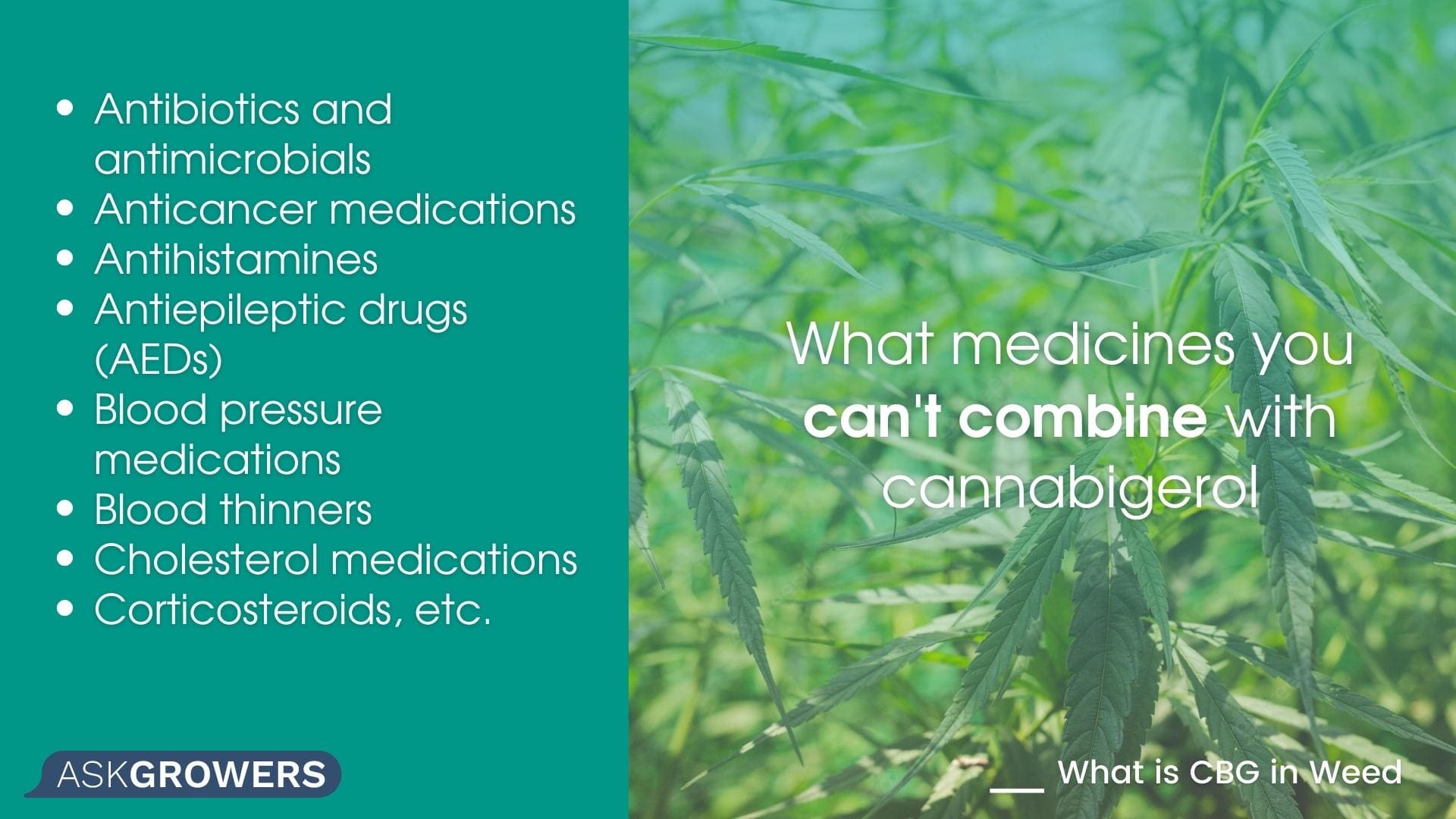
- Antibiotics and antimicrobials
- Anticancer medications
- Antihistamines
- Antiepileptic drugs (AEDs)
- Blood pressure medications
- Blood thinners
- Cholesterol medications
- Corticosteroids, etc.
But we strongly recommend not to use concentrated СВG without prior consultation with a doctor.
Conclusion
CBG functions by attaching to receptors, where it is hypothesized to enhance the action of anandamide, a neurotransmitter involved in improving motivation and pleasure, controlling food and sleep, and reducing pain. Products containing CBG are becoming increasingly prevalent in the adult-use, medicinal marijuana, and hemp sectors as this cannabinoid continues to demonstrate that it is worthwhile to try.

 Guides
Guides

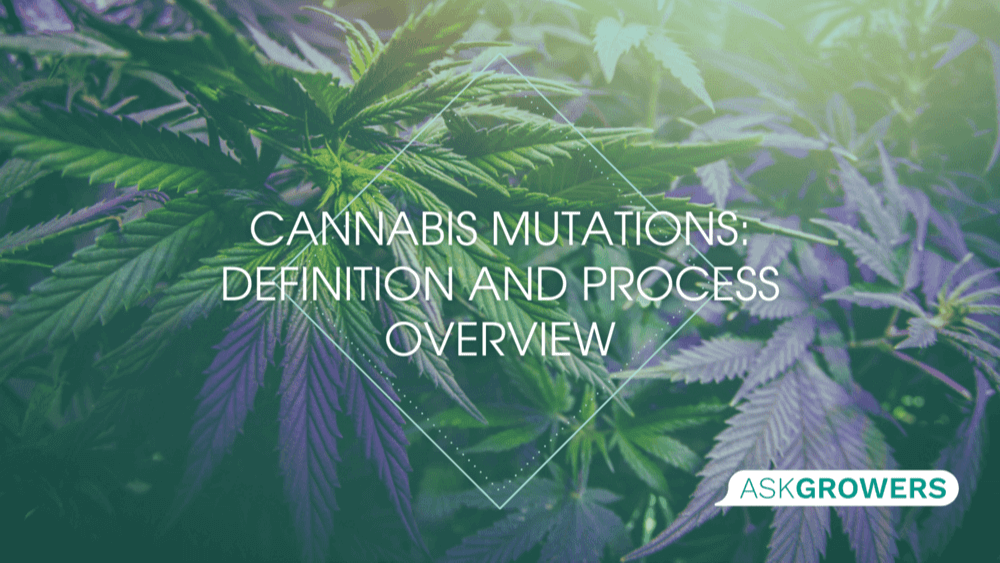
.png)
.png)
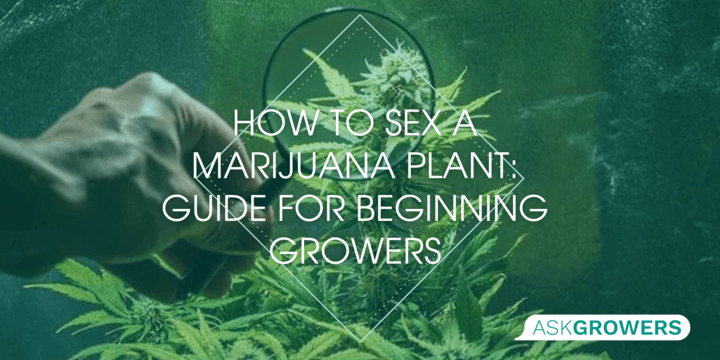
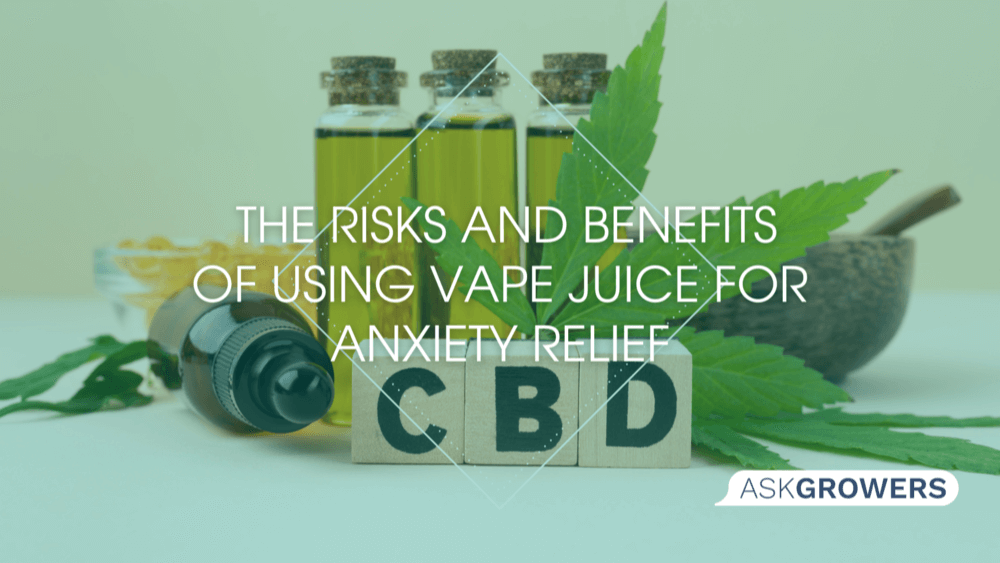
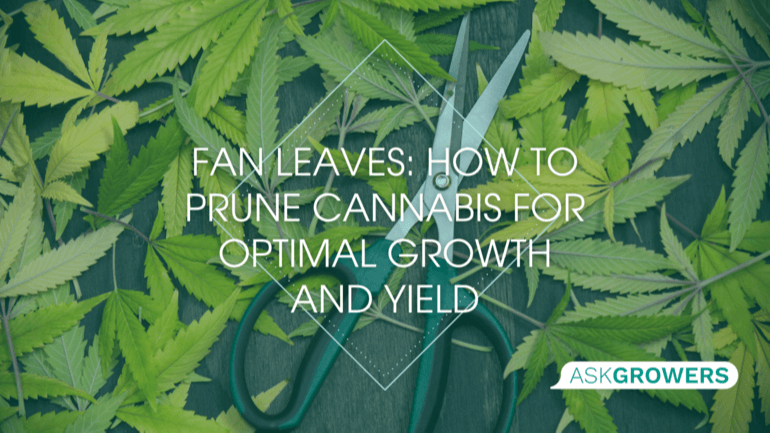
 (1).png)

.jpg)

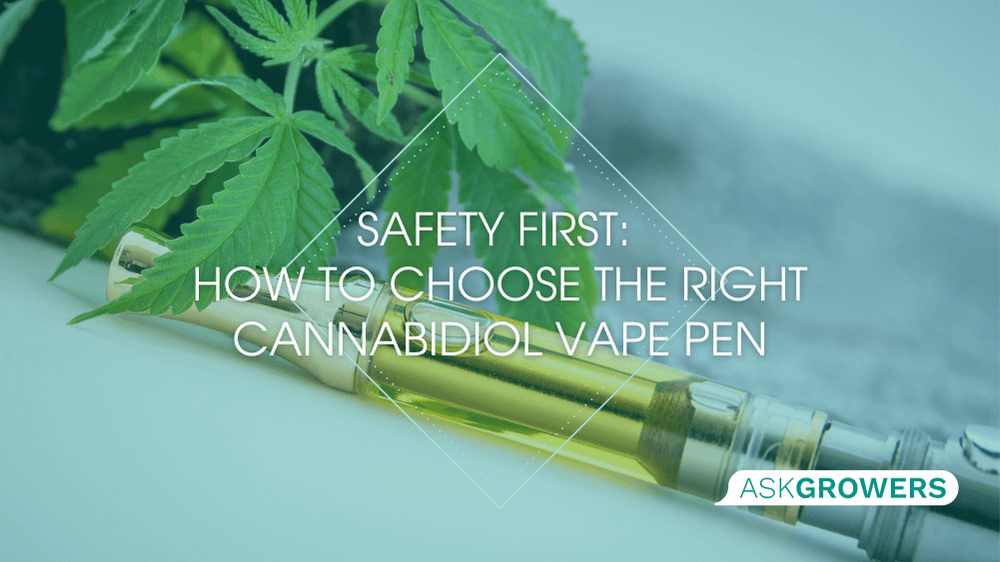
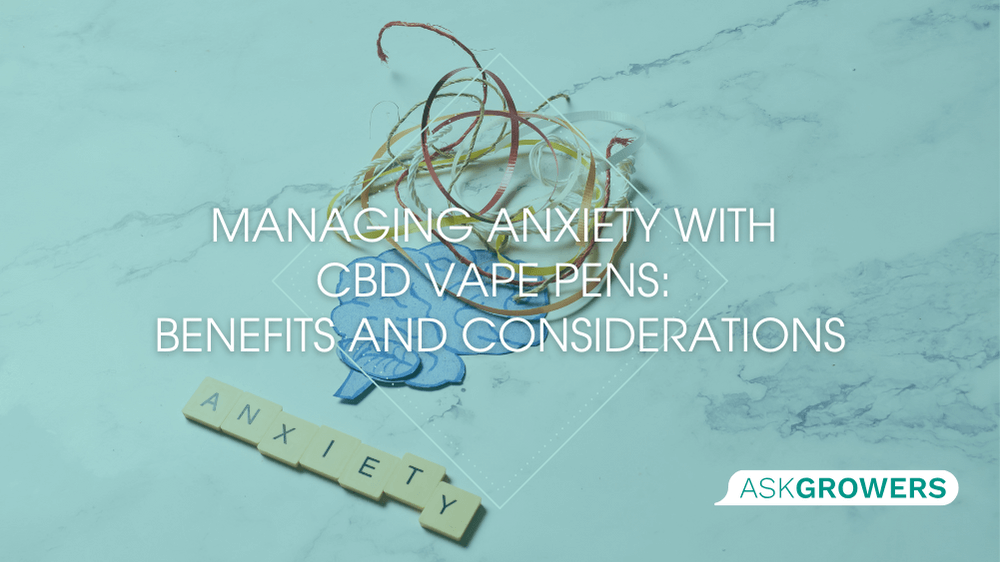
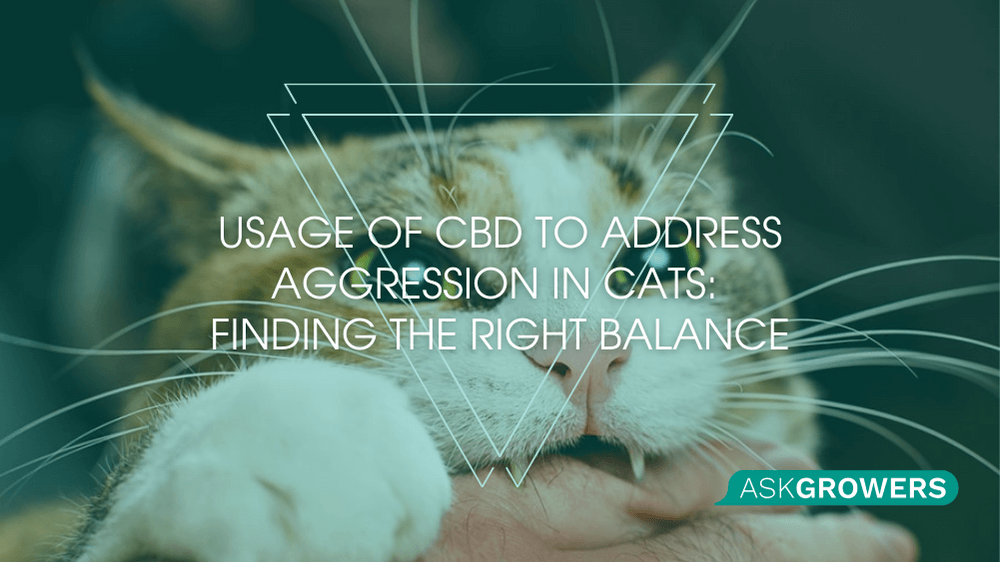
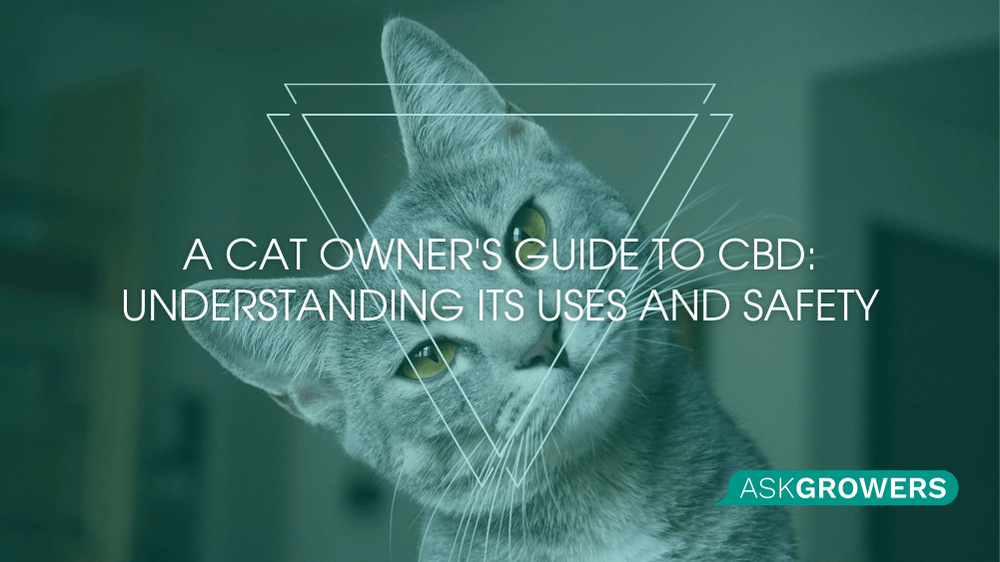
Be the first and share your opinion
Write a Review